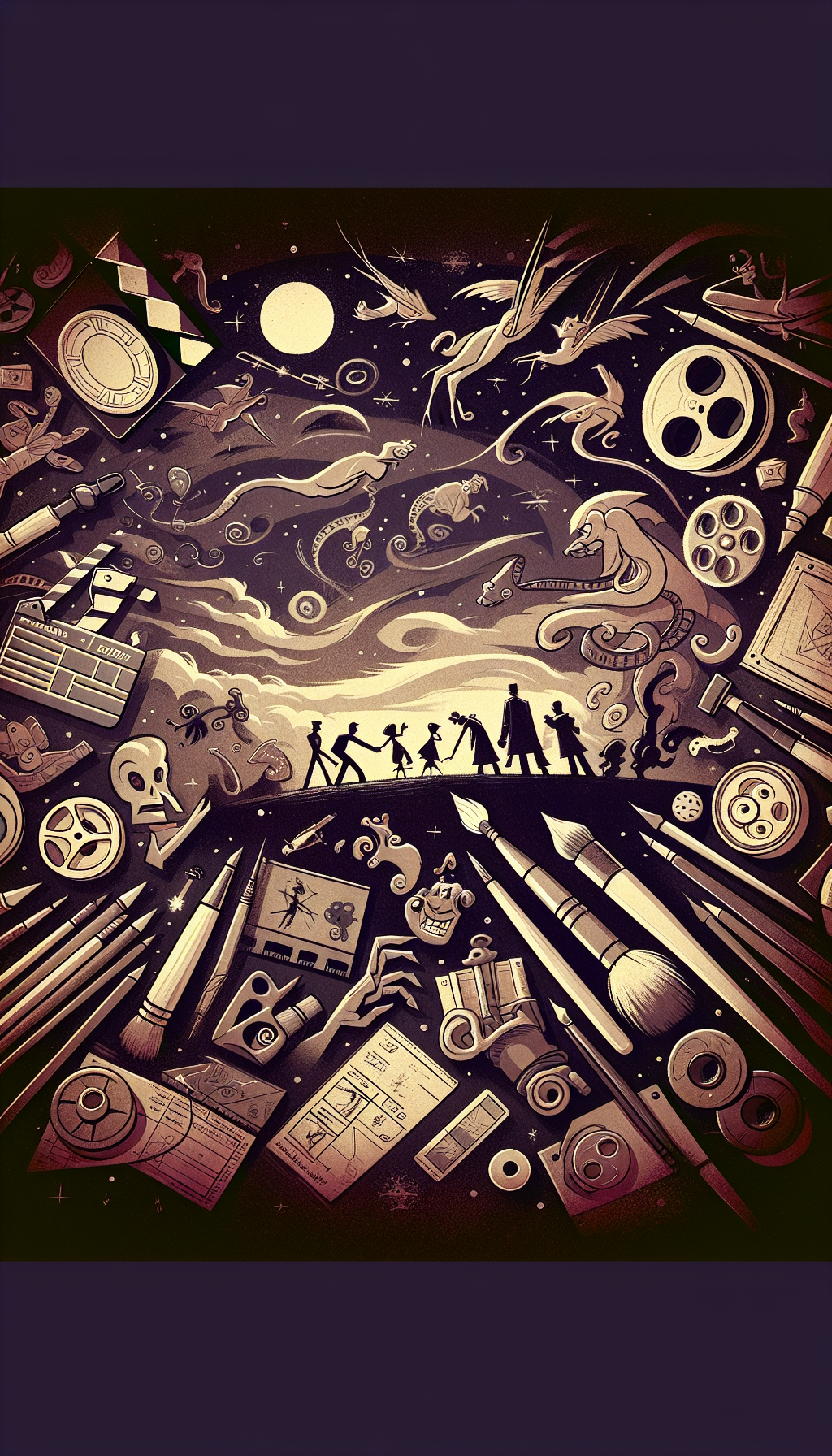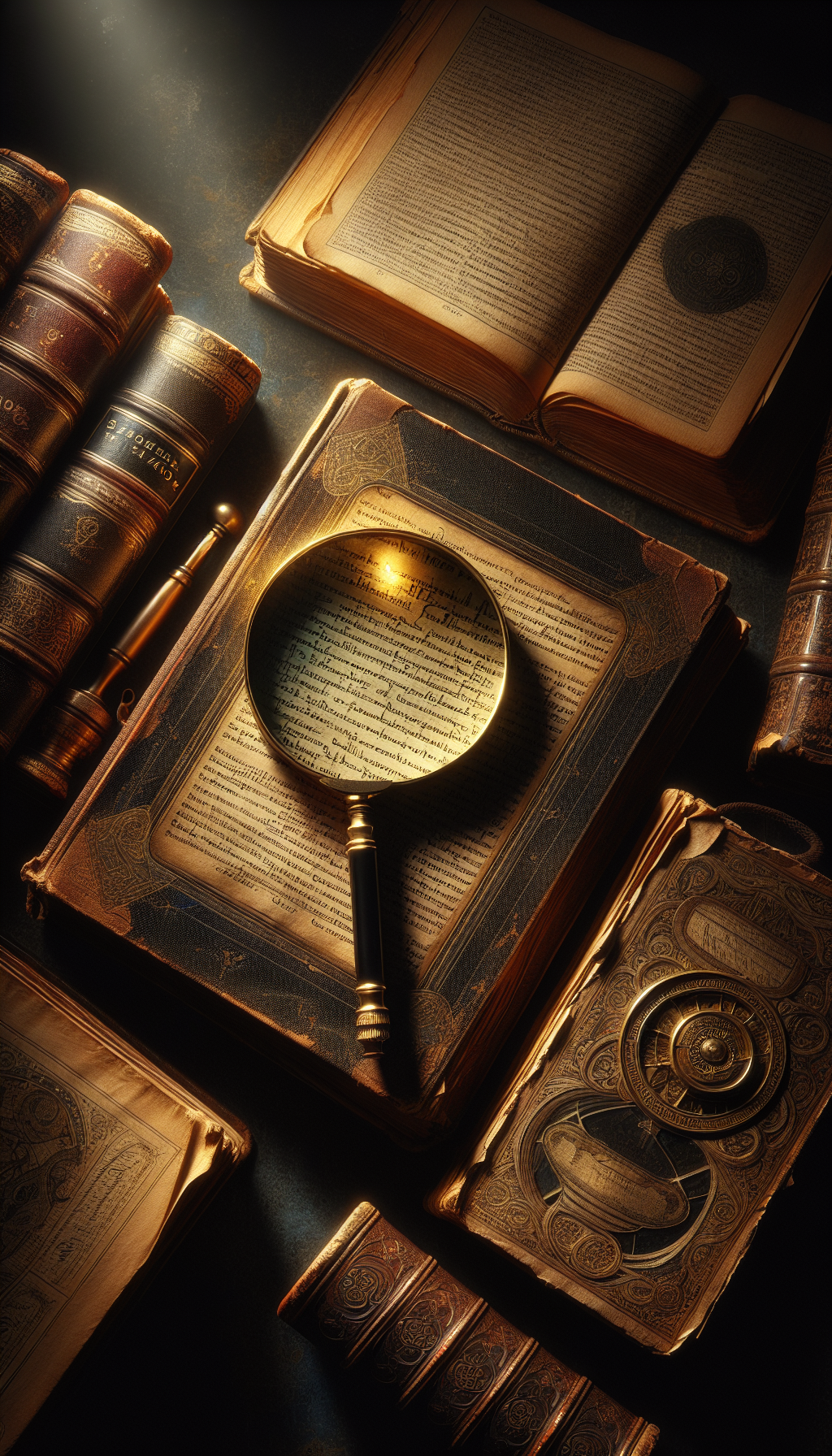Unveiling The Vintage Treasure The Art Of Walt Disney 1973 Editions Value And Legacy
For many Disneyana and art-book collectors, Christopher Finch’s The Art of Walt Disney (1973) is a cornerstone: a lavish, archive-rich volume that helped reposition animation from popular entertainment to museum-worthy art. Beyond its cultural weight, the earliest editions—especially the 1973 first printing by Harry N. Abrams—have become desirable collectibles with steady demand. This guide explains why the 1973 editions matter, how to identify them, what condition and completeness mean for value, and how to care for and appraise copies with professional rigor.
Why the 1973 Finch Volume Still Matters
When Finch’s The Art of Walt Disney debuted in 1973, it offered unprecedented visual access to studio art—story sketches, background paintings, model sheets, character studies—reproduced on heavy coated stock in a format large enough to honor the work. Its impact was threefold:
- Scholarly legitimacy: It framed Walt Disney’s output as a unified, innovative artistic project, bridging animation, industrial design, and themed environments.
- Collector catalyst: By canonizing studio art, it helped spur broader interest in original cels, concept art, and Disney studio ephemera—markets that would mature in the decades following publication.
- Studio-sanctioned resource: The author’s access to the archive and the book’s reproduction quality made it a reference work for academics, dealers, and collectors alike.
As later revised editions appeared, the 1973 original retained special cachet as the first comprehensive, art-forward monograph on Disney’s creative legacy issued to a mass audience.
Identifying 1973 Editions and Variants
Because the title has been repeatedly updated and reissued, correct identification is essential. Use the checklist below to separate the 1973-era issues from later revisions.
Key bibliographic points:
- Author: Christopher Finch
- Publisher: Harry N. Abrams, Inc., New York
- Original publication year: 1973
- Format: Oversized hardcover (folio-like), heavy coated paper, extensively illustrated in color and black-and-white
- Common ISBN associated with early printings: often 0-8109-0122-4 (abbreviated as 0810901224 in some listings). Presence of an ISBN alone does not guarantee a first printing.
Typical physical features (allow for variation across printings):
- Large trim size, typically around 11 x 14 inches.
- Substantial weight; tightly bound signatures that open flat compared to trade hardcovers.
- Pictorial content printed on glossy stock with strong color saturation.
Jacket and enclosure notes:
- Many 1973 copies were issued with a clear acetate/plastic dust jacket printed with titling. The acetate tends to yellow or scuff; original printed acetate is preferred over later replacement mylar.
- Some copies were issued without acetate and instead had a conventional printed dust jacket. Regional distribution and later reprints may account for variation.
- A deluxe or special slipcased issue exists. These are scarcer and generally command a premium, particularly when accompanied by a limitation or signature page. Expect material and presentation upgrades (e.g., cloth slipcase). Details differ across documented examples.
How to confirm a 1973 first printing:
- Copyright page should state the 1973 publication by Harry N. Abrams.
- Look for a clear “First Edition” or a printing statement indicating no later printings. Early Abrams art books sometimes relied on an explicit “First Edition” note rather than a number line.
- Later reprints in the 1970s typically indicate “Second printing,” “Third printing,” etc., with corresponding years.
How to distinguish later revisions:
- Subtitles and structure changed. For example, the widely distributed 1990s revision is often subtitled “From Mickey Mouse to the Magic Kingdoms,” with broadened content through the Eisner era and beyond. These editions are easier to find and generally less valuable than a 1973 first printing.
- Design and typography were updated in later revisions; the 1973 layout has a distinctly early-1970s Abrams art-book aesthetic.
- Copyright dates and acknowledgments reflect new material and later production years.
Red flags that affect desirability:
- Ex-library copies with stamps, pockets, labels, and spine call numbers (often discounted 50–80%).
- “Married” jackets where a later dust jacket has been paired with an earlier book (or vice versa).
- Facsimile or home-made acetate replacements billed as “original.”
- Excessive sunning to spine or boards, moisture rippling, plate adhesion (“blocking”) in humid climates.
What Drives Value: Condition, Completeness, and Compelling Provenance
Condition categories matter more than usual with a book this big. The size magnifies wear to hinges, corners, and the spine gutter. Collectors pay premiums for crisp examples that show minimal handling.
Primary value drivers:
- Edition and printing: A 1973 first printing is the benchmark. Subsequent 1970s printings can be collectible but usually trail the first.
- Dust jacket/acetate: Presence of the original printed acetate in solid condition is a major multiplier. Tears, clouding, or loss reduce value; a missing jacket can halve it.
- Completeness: No missing pages, plates, or endpapers. All original inserts present (if any), and no page adhesions.
- Condition factors: Strong hinges, square corners, clean boards, no writing or bookplates. Light shelf-rubbing is acceptable; water staining and odor are not.
- Deluxe/slipcased issue: Scarcer and often better preserved; a complete, undamaged slipcase with tight fit adds value.
- Signatures and associations: A documented author signature adds a modest premium. Association inscriptions from notable Disney animators, Imagineers, or studio personnel can add significant value, especially with substantiating provenance.
Market context:
- Disney anniversaries, exhibitions, or film releases often trigger short-term spikes in demand.
- High-quality photography in listings drives results; under-described but excellent copies can be bargains, while over-graded copies invite returns.
2025 Value Guide: Realistic Ranges
Values fluctuate by region and venue. The ranges below reflect typical outcomes for well-described copies sold via established online marketplaces and reputable auction rooms as of 2025.
- 1973 first edition, first printing, no jacket, Good to Very Good: $60–150
- 1973 first edition, first printing, with original printed acetate, Very Good: $150–300
- 1973 first edition, first printing, with original acetate, Near Fine/Fine: $300–500
- 1970s reprint (second/third printing), with jacket/acetate, Very Good: $100–225
- Deluxe/slipcased issue (1970s), complete and clean, no significant faults: $500–1,200
- Signed by Christopher Finch: typically +$75–200 over the base grade, depending on placement and neatness
- Association copies signed or inscribed by renowned Disney figures (e.g., Nine Old Men, celebrated Imagineers), with credible provenance: often $1,000+; exceptional associations can exceed this range
Later expanded/revised editions (1990s onward) are common. Typical retail values range $25–80 depending on condition and whether a jacket is present.
Discounts to apply:
- Ex-library status: subtract 50–80% depending on severity.
- Structural issues (loose hinges, cocked spine): subtract 25–50%.
- Severe jacket losses: subtract 30–60% relative to a jacketed copy in the same book grade.
Premiums to apply:
- Fresh, unfaded colors and sharp board edges.
- Clean, unclouded original acetate with only minor edge wear.
- Notable provenance with verifiable documentation (acquisition receipts, studio letters, photographs, or certificates).
Appraising It Like a Pro: Process and Pitfalls
Professional appraisal is a disciplined comparison exercise. Use this sequence:
- Confirm edition/printing on the copyright page.
- Verify all components: book, jacket/acetate, slipcase (if present), any limitation or signature leaves.
- Grade conservatively. Note each defect and its location. Photographs should include boards, spine head/foot, fore-edge, hinge areas, title page, copyright page, and a representative plate.
- Research recent comparable sales. Prioritize same edition/printing, same enclosure type, and similar condition.
- Adjust for venue. Auction hammer prices may sit below fixed-price dealer offerings; private sales can exceed public comps for top condition or exceptional provenance.
- Render a range rather than a single number; include assumptions about market stability and typical selling costs.
Common pitfalls:
- Confusing a 1973 first edition with a later revision based on content overlap.
- Overlooking “married” jackets (e.g., mismatched spine titling color or different jacket dimension).
- Ignoring structural fatigue—oversized art books can look bright while hiding weak inner hinges.
- Using asking prices instead of realized sales as comps.
Preservation, Handling, and Display
This book’s size means routine book-care advice needs reinforcement:
- Handling: Wash and dry hands; avoid cotton gloves (they reduce grip). Support both boards when opening; never force the gutter flat.
- Storage: Store flat on a shelf that accommodates the full footprint, or upright with a sturdy bookend and no over-tight packing. Avoid leaning, which warps the text block.
- Environment: Stable 60–70°F (15–21°C), 40–55% RH. Keep away from sunlight; UV fading impacts jackets and boards.
- Jacket/acetate care: Dust with a soft, dry microfiber cloth. Do not apply solvents or polishes. If the acetate is severely yellowed or cracked, consider housing the book in an archival polyester jacket while retaining the original acetate separately to preserve originality.
- Slipcases: Remove and insert gently to avoid scuffing spine ends. If the slipcase is tight, line with acid-free tissue to reduce abrasion.
- Shipping: Wrap the book in archival paper, add corner protection, immobilize within a double-wall carton with at least two inches of cushioning on all sides. Avoid packing peanuts that shift under weight.
The Book’s Broader Legacy
Beyond market value, Finch’s 1973 volume shaped how scholars and collectors discuss Disney’s visual culture. It legitimized background painters and concept artists, explained the studio’s process to a general audience, and—through its sheer scale—made the case that animation art deserved the same attention as painting, photography, or architecture. This legitimization supported the rise of reputable dealers in animation art, influenced museum exhibitions, and encouraged later monographs that dug deeper into specific artists and eras. For collectors, owning an early copy is not only about scarcity; it is about holding a primary source in the cultural reevaluation of animation as an art form.
Quick Appraisal Checklist
- Confirm publisher and year: Harry N. Abrams (New York), 1973 on the copyright page.
- Look for a clear first-edition/printing statement (or absence of later printings).
- Check for original printed acetate or dust jacket; note condition and completeness.
- Inspect hinges, spine, and corners; note any cocking, splits, or repairs.
- Verify no plate loosening, moisture rippling, or odor.
- Record any signatures/inscriptions; assess provenance documentation.
- Photograph all key points (boards, spine, title, copyright, representative plates).
- Research at least three recent, comparable sales and adjust for condition and venue.
FAQ
Q: How do I tell a 1973 first printing from a later 1970s reprint? A: Check the copyright page. A first printing should indicate 1973 without later printing notices; reprints usually state “Second printing,” “Third printing,” etc., with corresponding years. The physical format is similar, so rely on the publication statement rather than size alone.
Q: Does a missing acetate or dust jacket dramatically affect value? A: Yes. For collectible art books, the original jacket or acetate is a major component. Its absence can reduce value by half compared to a similar copy with an intact original covering.
Q: Are the 1990s and later revised editions worth collecting? A: They are useful and attractive, but widely available. Clean, jacketed copies typically sell in the $25–80 range. They appeal more for content than scarcity. The 1973 first printing remains the most sought-after for investment-minded collectors.
Q: What’s the best way to clean the clear acetate jacket? A: Use a dry, soft microfiber cloth to remove dust. Avoid liquids, alcohol, or household cleaners; they can haze or craze the plastic and erase printed titling. When in doubt, leave it alone and store properly.
Q: How should I price a copy signed by a notable Disney animator? A: Value hinges on who signed, where and how (title page vs. bookplate), and provenance. A desirable animator’s signature with documentation can add several hundred dollars to a strong copy; rare or historically important signers may command more. Always authenticate and cite provenance in your description.
By combining careful identification with condition-savvy grading and solid comparable research, you can confidently place The Art of Walt Disney (1973) in its rightful market context—respected as an artifact of cultural history and valued as a keystone of any serious Disneyana or art-book collection.




